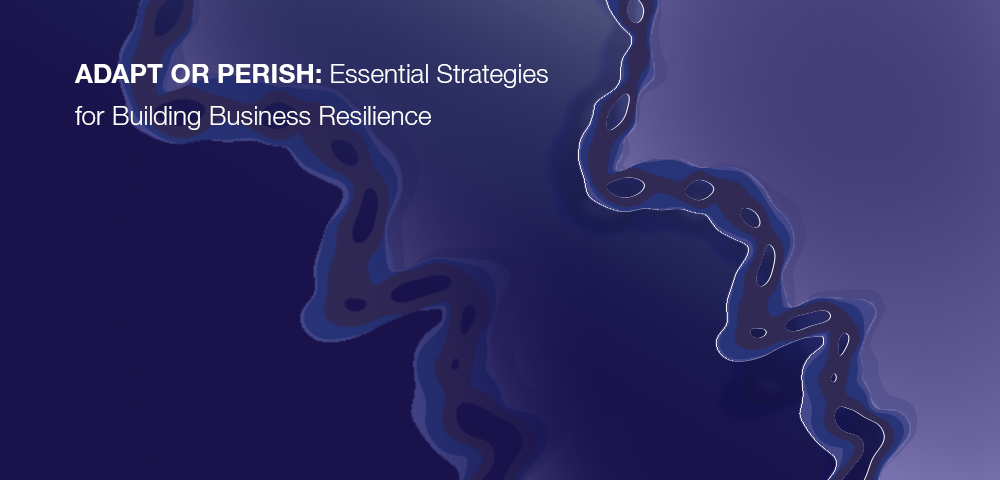Uncertainty is the cornerstone that defines the global marketplace and on which it ultimately depends. Conflicts such as political, trade, and social instabilities, among other factors, are known to upset this balance, presenting a challenge to international business. These disruptions could vary from direct supply chain interruptions to direct refusals of the consumption of the company's products, which can produce drastic effects in different corporations. Especially during such periods of uncertainty, communication, and marketing assets are vital instruments in weathering these storms and preserving the corporate image.
Modern Political Risks and Their Impact
For a long time, organizations were primarily concerned with operational risks, or more specifically, with economic and financial risks only. But soon, McKinsey & Company, in its Emerging Risks on the Global Agenda ([valid URL added]), presents political instabilities as one of the upcoming risk management concerns. This paper, informed by interviews with IT executives and the analysis of political risk data, highlights how vital it is for organizations to plan for political disruptions and need to have specified marketing communication plans. Politics, social issues, and the shifting geo-political landscape are key drivers that can challenge supply chains, undermine stakeholders' confidence, and diminish branding. These are some risks companies can face, and a proactive crisis communication and marketing strategy should not be lacking.
Crisis communication, a vital aspect in managing crises, is planning the type, content, channel, and timing of communicating and interacting with stakeholders during crises. This definition is also based on the standards of operation provided by the International Public Relations Association (IPRA), which is recognized as the world's premier association for public relations professionals. It only takes one communication slip during an incredibly volatile political period to significantly harm stakeholder trust and company image. On the other hand, effective communication management is an invaluable tool with little or no adverse effects because the public gets a positive impression of a company's responsible behavior during a crisis.
Critical Considerations for Efficient Crisis Messaging During the Political Hard Periods
Appropriate measures of crisis communication establish the radar for organizations to continue their operations unhampered by the disruptions of storms of a political nature. Here's how companies can establish a foundation for clear and impactful communication:
Proactive Risk Identification: Businesses must understand politics. They have to adapt and deal with it. For this reason, the different institutions must analyze possible political risks regarding operations to identify weaknesses.
Building a Rapid Response Infrastructure: Crisis communication cannot afford to be slow. Organizations must set up a crisis communication team to react quickly to incipient decisions and disseminate them correspondingly. This team should comprise personnel from different departments, among them public relations, legal, and marketing departments, in case any issues arise. Efficient operational plans for precise and fast reactions should be set and agreed upon beforehand to avoid confusion and the formation of weak links.
Transparency and Empathy in Action: Maintaining and promoting ethical business conduct throughout the crisis cultivates business and consumer goodwill (in line with the communication principles highlighted by the IPR, 2023). For instance, Patagonia, a company famous for being an active voice in environmental issues, seized a political crisis – the U. S government shutdown – to bring to light its dedication to promoting sustainable practices; this is because the company ceased every advertising campaign during the events.
Multi-Channel Communication Strategy: Stakeholders' communication must occur using a comprehensive communication tool kit. The best way is to develop different messages for every social network because each is unique in some way. While a press release can formally announce events, social media is timely, open, and personal, providing status updates.
Crisis management and business continuity
Crisis communication plans can only fulfill business continuity and crisis management. This plan should outline action procedures associated with communication during risk management and supply chain disruption and accommodate protocols for employee safety and disaster response (Disaster Recovery Institute International [DRII], 2023). You can be confident that crisis communication advocates an essential aspect of these strategies, which involves the timely and accurate flow of information to all key stakeholders.
Adapting to marketing plans and strategies during a crisis has become necessary as a managerial strategy. Crisis communication is an inevitable communication activity in organizations, and it should be aligned with marketing communication strategies to keep the masses constantly informed about the firm's brands and products. This may involve:
- Adapting Marketing Messages
- Utilizing Social Media for Authentic Engagement
- Pausing Insensitive Campaigns
Delving Deeper: Crisis communication and marketing are two key aspects organizations must consider, especially when running a business.
The harmonization of crisis communication and marketing during hard political periods are critical strategies that should be employed to ensure reputation management. Here's how businesses can achieve this.
- Maintaining Brand Voice and Values: Companies must ensure that when communicating during a crisis and with customers in general, they adhere to their brand's fundamental values and tone. Maintaining consistency is an essential factor since it helps people develop trust and credibility in the brand's response to the crisis that is being faced.
- Corporate Social Responsibility (CSR): Crisis response is another factor that raises the importance of a strong CSR strategy, as it will become a powerful weapon when the company is to defend itself from the negative consequences of the crisis.
- Building Brand Support Through Transparency: There is a great degree of trust put in companies that are transparent within the climate of crisis communication.
Today's world can be described as vague, with politics constantly volatile. Therefore, everyone should strive to employ an integrated approach to crisis management in the event of such storms.






